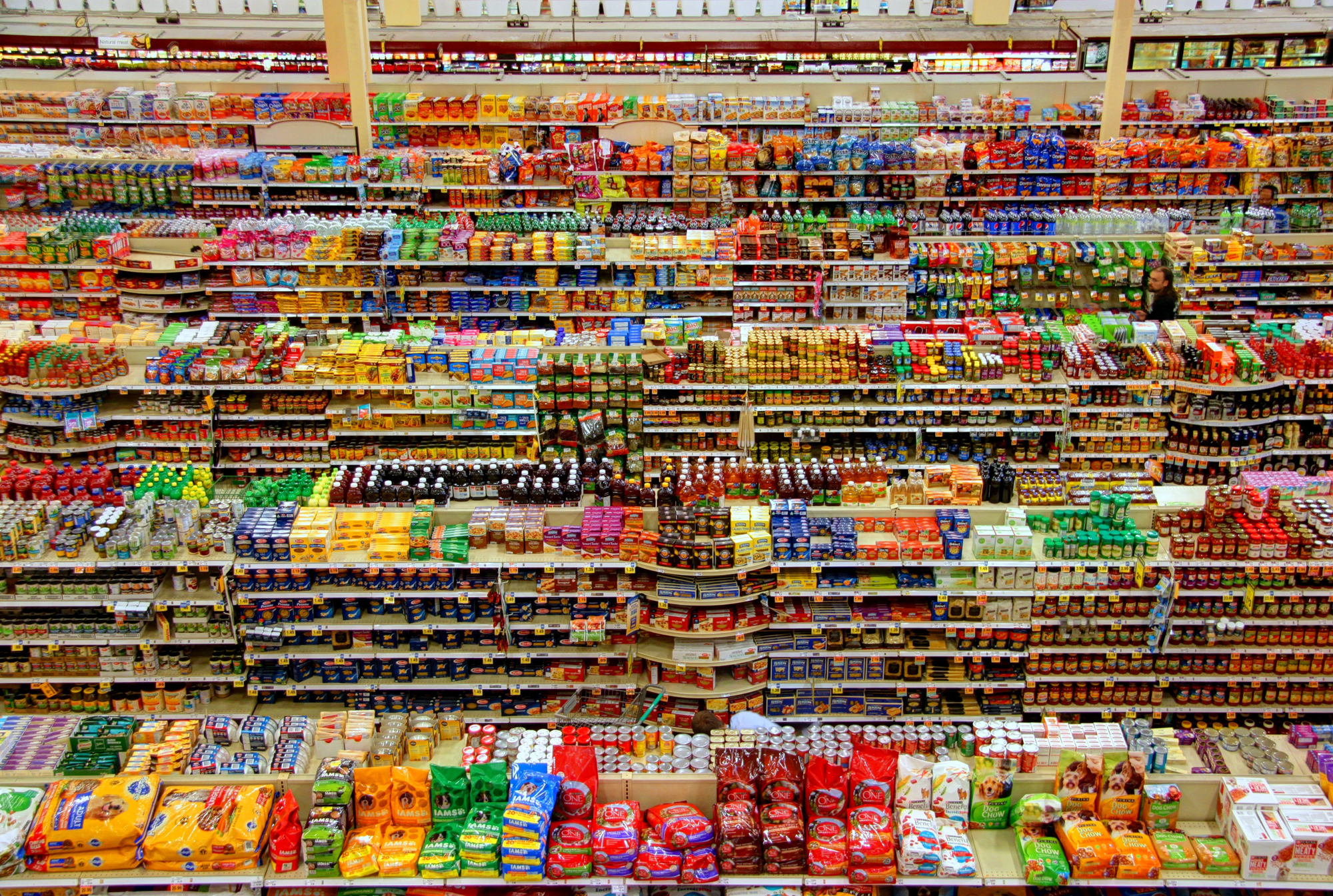When browsing through a grocery store, clothing boutique, or even a chain restaurant, marketing tactics are everywhere. Even when a customer promises themselves they’re walking into a store for one thing–and one thing only–their eyes will absorb what’s around them. Where products are located, including what’s stocked by the door, are part of the marketing mix of retail.
What is the Retail Marketing Mix?
The retail marketing mix is a strategic business plan that directly impacts the customer through four modes of marketing: place, product, promotion, and price. Each of these four elements directly influences the experience a customer has in the retail environment. These parts of the retail marketing mix also play a role in the distribution of products and the methodology behind product placement.
Types of Retail Marketing
Incorporating these four types of retail marketing into your business strategy helps your business stand out with an elevated customer experience. This difference can lead to more sales and overall affinity for your brand.
1. Place
Direction regarding place within a retail store is one of the most important elements in the marketing mix. Identifying how to place a product where your ideal customer can find it is crucial. You must know the age of your target market, as well as the layout of the store they’re shopping in. If products are shipped to customers, distribution is also a consideration and promotion strategies may differ.
2. Product
The definition of this element is pretty self-explanatory. A product is any item that members of society–primarily your business’s target audience–show interest in. This type of retail marketing has two types: a physical, tangible product and an experience or service. Fully understanding how your products or services work and knowing how they differ from competitors’ offerings can make a difference. It’s also necessary to know which distribution method works best for each product.
3. Promotion
Promotion is a key element of the marketing process no matter what niche your business operates in. When it comes to a brick-and-mortar retail business, promoting products is more important now than ever. There are different channels a retailer can use to reach their target audience. Social media is becoming today’s top marketing tool. These platforms quickly connect your business with clients searching for the products or services you deliver. Other channels of marketing include television or radio commercials, direct communication, and advertising through search engines, as well as many others.
4. Price
It’s important to keep in mind the price of competitors’ products if they are similar to what your business offers. There’s a fine line between pricing up and down-pricing. You never want to undermine the work you’re doing to keep the business afloat. However, you also want to stand out from other retailers. Finding that happy medium with pricing can be tricky, but it plays a crucial role in your retail marketing mix.

